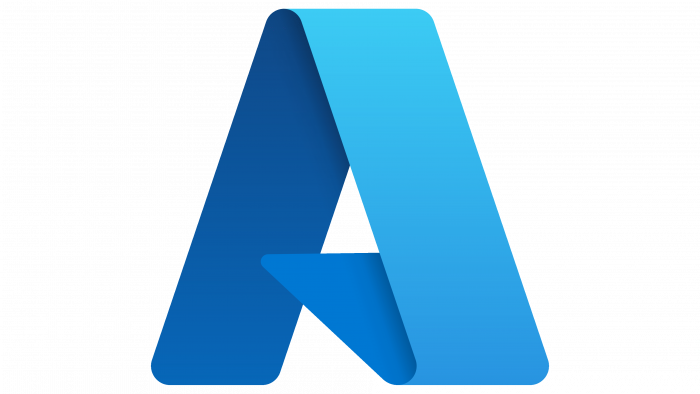Azure Data Studio is a light-weight cross-platform database tool based upon Visual Studio Code. It runs on Windows, Mac, and Linux. It includes a SQL editor with IntelliSense, keyword completion, code snippets, code navigation and Git source control integration. Although SQL Server Management Studio still remains the champion for database administration tasks, I believe that for developers and Mac and Linux users, Azure Data Studio is the best choice. I also like the fact that Azure Data Studio uses far fewer resources on my machine than SSMS.
As of March 2019, Azure Data Studio connects to:
- SQL server 2014+
- Azure SQL database
- Azure SQL Data Warehouse
- Azure SQL Managed Instance
- PostgreSQL servers
One of the newest and I think more notable features that has been added to Azure Data is its ability to create a SQL notebook.
Notebooks are type of document that combine formatted text with live code elements, images, and query results. You may have heard of them as "
Python Jupyter Notebooks". Well, now they can be used with SQL in addition to other programming languages such as Python, Scala, and R.
To create a notebook, simply open Azure Data Studio, then select
New Notebook from the file menu. Add a
code type cell (or section), check that the Kernel is "SQL", set the connection to your favorite database, enter some SQL code and execute it.
The IntelliSense in Azure Data Studio simplifies code entry, and the right-click menu offers some excellent options, including formatting the document, changing all occurrences of the selected word, and taking a "Peek" at the definition of the selected SQL object (table or stored procedure name).
Just think of all the possibilities!
These notebooks will be great for technical presentations. I can prepare formatted text to describe the concepts presented in my session, and include executable code within the context of the document which the attendees can run at home on their own systems after they download the demos.
Another great scenario would be for troubleshooting or baselining a server. Because Notebooks allow you to save the query results inside the file, you can run diagnostic queries and save the results all in one neat package. Then, later on when you wish to compare to the original baseline, make a copy of the notebook, clear the results and re-run all the queries to see the differences.
For problem solving, you could create a Notebook containing instructions and a series of queries, ask your client to run the queries and return it to you with the results populated.
I think these new features really make Azure Data Studio outshine old SSMS. I may not remove SSMS from my machine just yet, but I'm pretty certain it's not going to see very much use in the future.












